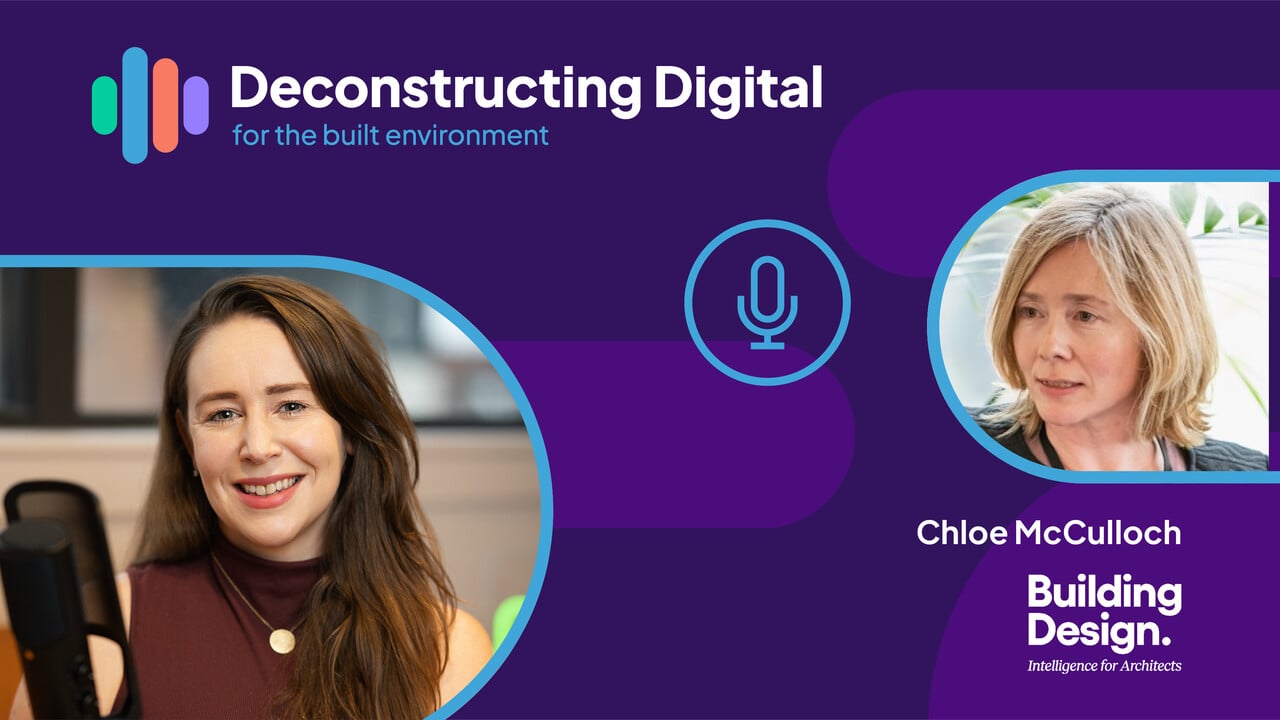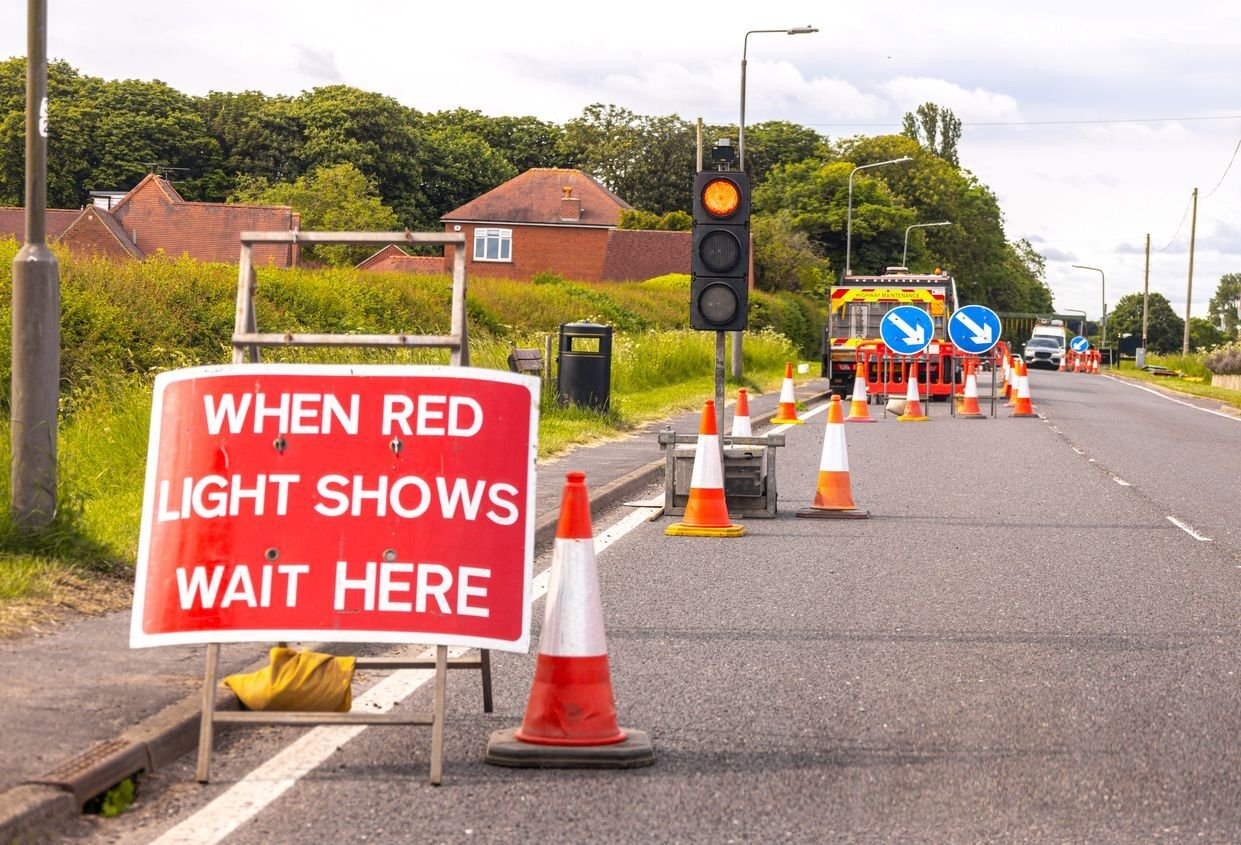It’s a depressingly common scene at a construction site entrance. One of your subcontractors is in the process of buddy punching, fraudulently clocking in for a colleague who is running late. While the crime might seem minor, this form of fraud costs UK businesses tens of thousands of pounds every year.
Buddy punching is especially common at construction companies that use physical punch clocks and paper timesheets for recording hours worked. Almost half have experienced some kind of time theft according to a study published last year.
To tackle this issue, many firms are looking to replace their paper timesheets with more modern time and attendance systems. The most common solutions here are digital time sheets and biometric time and attendance systems.
Biometric and digital timesheets both rely on digital technology, and often use cloud-based platforms to record and process data about who is and isn't on site. They can also connect to your payroll software and analyse your data.
What’s the difference between biometric and digital time sheets?
Biometric and digital time sheets use modern technology to record who has arrived at and departed from your sites in real time. They are increasingly common in the construction industry, as well as a variety of other sectors such as retail, manufacturing, logistics or agriculture.
What is biometric time and attendance software?
Biometric clocking systems are perhaps the most sophisticated form of time and attendance technology available today. When you first install a biometric clocking system, each of your employees must provide a physical identity marker (‘biometrics’) that is unique to them. This could be a fingerprint, an iris scan, or simply an image of their face. Then, each time they arrive at site, they clock in and out with their chosen biometrics.
Pros of biometric clocking systems
Perhaps the greatest advantage of facial recognition or fingerprint attendance systems is that it’s practically impossible to fraudulently clock in for anyone else. You therefore have the most accurate data about who is on your sites at any one time, who’s late, and who’s working overtime. This means you can pay people accurately for their labour, identify strong and weak performers and improve how sites are being managed.
Furthermore, significant efficiencies are experienced by the payroll department as they no longer have to manually collate traditional paper timesheets and re-key it into a payroll system.
Cons of biometric clocking systems
The most common concern employees raise with biometric systems is about providing unique physical information about themselves to their employer. Given the high-profile data breaches that regularly appear in the media, people are understandably cautious when it comes to sharing this sort of information. It's important to communicate how and where employees’ biometric data is stored, communicate transparently about the purpose of these systems, and ensure they are GDPR compliant.
Recommended: 7 reasons to use biometric workforce management
What is a digital timesheet?
A digital timesheet is (typically) a web-based application where employees log in with a username and password to ‘clock in’. At construction sites, you would normally have some kind of screen and keyboard at the site entrance where staff enter their details to record their arrival and departure.
Pros of digital timesheets
Using digital timesheet software in construction is a significant improvement on paper time sheets. All data is entered in a uniform manner (unlike papers timesheets which can be illegible), the data is stored centrally, and all employees must have a unique username and password - which makes timesheet fraud somewhat harder.
Cons of digital timesheets in construction
Although committing fraud is slightly harder with digital timesheets, it is still possible for a dishonest employee to share their username and password with colleagues who can clock in for them in their absence.
Digital timesheets – which rely on entering data with a keyboard - can also be inconvenient for construction workers, especially if they’re wearing gloves or carrying equipment when they arrive on site.
Similarities between biometrics and digital attendance systems
Biometric and digital timesheet systems do share a number of similarities, including:
- Typically cloud-based: This means your data is centralised and easily accessible to your human resources department.
- Easy to analyse: Both these systems provide clear, transparent data which can be downloaded to spreadsheets and analysed to gather more insights for resource planning.
- Improve health and safety: By collecting accurate data about who is on site at any one time, you can manage risks and hazards.
- Opportunities for communication: Biometric and digital timesheet systems typically use a kiosk with a screen. Management can use this to communicate information about the company, health & safety or workplace rules directly to each worker at the beginning of every day.
- More efficient: By providing a digital record of who is on site and how many hours they worked, you get a much clearer idea of have long projects are taking. This can help with planning and quoting for future jobs.
- Insurance: With a reliable, transparent, and easily accessed record of who is and isn’t on a site, you can provide more information to insurers.
Benefits: How construction time and attendance software boosts productivity
Try biometric time keeping with CausewayOne Attendance
CausewayOne Attendance is the leading biometric time and attendance system in the UK construction industry. Our durable, convenient and easy to use system lets workers log in and out of your sites with nothing more than a fingerprint or a scan of their face.
Case study: How VKE Contractors use biometrics
This data is instantly recorded in a central cloud-based platform which your human resource department can access and connect to your payroll software. We believe that biometric time and attendance systems outperform all kinds of paper and digital timesheets, offering you the highest level of security, efficiency and accuracy.
To learn more about CausewayOne Attendance – or to try it for yourself - contact us today.



